The idea of brain mapping is very foreign to most people. When it gets brought up in casual conversation, many people immediately think of the last scifi movie they saw and wonder what kind of information doctors can get from a brain map. However, much like the idea of mental health, the stigma surrounding qEEG brain mapping does more harm than good. The only way to break through those stigmas is by educating, so today we’re going to talk about a question we hear every day: “What is qEEG?”
Understanding qEEG Brain Mapping
When it comes down to it, a qEEG brain map is not overly complicated. It is exactly what it sounds like: a map of your brain. However, “What is qEEG?” is a bit of a loaded question. A brain map is not your traditional paper atlas that you pick up at the local gas station on your trek. Rather, when a qEEG is complete, you’ll have a state of the art map showing, in real time, where the hazards are, when the traffic gets backed up, and what caused the latest accident.
Obviously, there aren’t real traffic backups or accidents going on in the roadmap of your brain. So, what can a qEEG tell you? A lot, actually.
The Process Of A qEEG Brain Map
A qEEG brain map features a cap laced with electrodes that will be used to measure the activity in your brain in an entirely passive state. The test is conducted with both eyes open and eyes closed, comparing brain activity to a neutral baseline and analyzed by a trained clinician.
A qEEG test doesn’t take too long. As difficult as it may be to relax, achieving that state will help your clinician collect the most accurate neural activity. A qEEG expert can gather some insights immediately based on the activity presented during the eyes open and eyes closed portion of the test, but detailed analysis will reveal more information and guide a treatment plan.
Why Consider A qEEG Brain Map?
The information collected during a qEEG brain scan is unlike anything else. If you’re even the slightest bit skeptical, ask your clinician what they are looking for when performing a qEEG. Likely, they will bring out diagrams that show what a neurotypical brain looks like, as well as the results of the brain of someone who struggles with depression, anxiety, PTSD, or any other type of mental health disorder. A qEEG map of an individual who struggles with ADHD is going to look different than the qEEG map of an individual who suffered a traumatic brain injury. The reason being is that a qEEG is collecting information on the activity in your neural pathways.
If you’re experiencing any kind of negative symptom or inefficiency, those neural pathways are likely the cause. A qEEG brain map allows clinicians to pinpoint the specific areas of weakness that may be affecting your everyday life.
Even if you aren’t experiencing clear symptoms of a mental health disorder, a qEEG brain map can show where your neural strengths and weaknesses lie. With the help of qEEG expert, you can embark on a training program that helps you achieve optimal performance – whether you want to treat symptoms of insomnia or simply perform better at work.
Book Your qEEG For Brain Mapping In Denver
Braincode Centers is dedicated to helping clients lead their best life through brain transformation. After an educational consultation with our clinicians, every client starts off with a qEEG brain map. This gives us insight into the performance of your neural pathways, helping us identify your strengths and weaknesses to craft a treatment plan that is personalized to your needs and goals.
If you’re interested in changing your brain and transforming your life, contact the qEEG experts at Braincode Centers to set up a consultation today.




